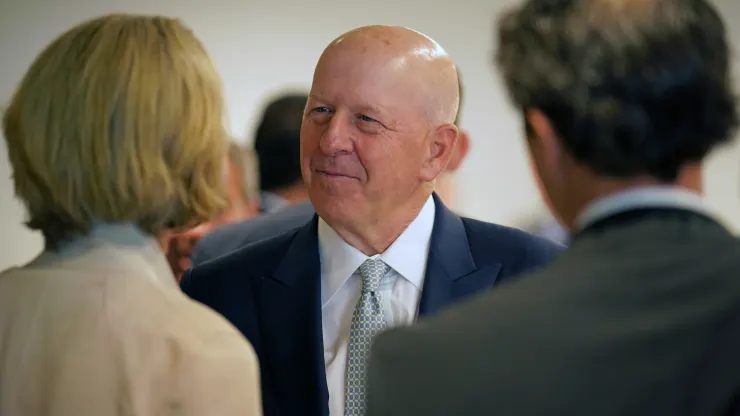Goldman Sachs Doesn’t see 1970-80s interest rates

Market participants are paying close attention to the recent mandate telegraphed by policymakers to keep interest rates higher for longer as the Federal Reserve prepares to determine rates again.
The 10-year Treasury yield is already near 5%, the highest level in 16 years. Edmunds.com tracks mortgage rates, new car loans, and used car loans. The 30-year fixed rate is approaching 8%, and the new car loan rate is at 7.4%.
We wonder how much higher rates may go and whether we may see levels like we saw in the 1970s-80s, when the Federal Funds rate hit nearly 13% in 1974 and 19% in the 1980s.
“I graduated high school in 1980. I remember those days. But I don’t think we’re going back there. That’s unlikely to happen. However, I believe that we will live in a more normalized environment rather than an environment in which money is free,” he said during an appearance.
Solomon’s more normalized rate is likely where rates are right now, between 5.25 and 5.50 percent.
There is a risk of rates going higher. I do believe inflation will remain sticky. It is particularly strong right now in the labor market. That has to have an impact,” Solomon said, pointing out that the Fed is currently “data dependent.”
With UPS Teamsters recently securing a new five-year contract worth around $30 billion, labor costs are rising. While negotiations with GM continue, the UAW is hammering out new contracts with Ford and Stellantis.
According to Solomon, the U.S. economy is able to hold its own despite another likely rate hike.
Most Americans who own homes have long-term mortgages with fundamentally low rates locked in for a long time. That’s one of our greatest tailwinds as an economy.
